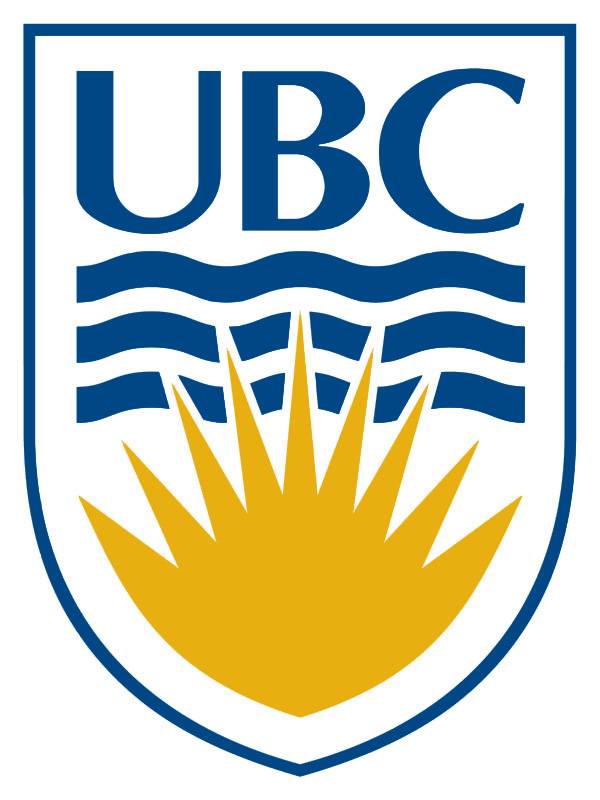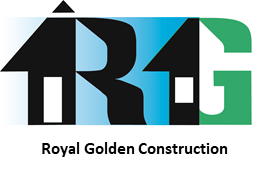Next Generation High-Performance Earthquake-Resilient Tall Buildings
Next-generation earthquake engineering design seeks to develop robust structural systems that have controlled structural and non-structural damage after strong earthquake shaking. In this research program, a high-performance earthquake resilient tall building is proposed. The proposed system utilizes a conventional reinforced concrete core wall with a damped outrigger at the top of the core to reduce the moment demand. This results in a smaller core with reduced construction costs and increased usable floor space. To further improve the seismic performance of the proposed system, innovative lead-extrusion dampers are added to the base of the wall, which allows the walls to rock and dissipate the earthquake energy under strong earthquake shaking. In the coupled wall direction, innovative self-centering steel coupling beams are added between the walls to dissipate the earthquake energy. This allows the structure to have minimal or no damage after strong earthquakes, hence making the structure resilient towards future earthquakes.
In this research, innovative structural fuses will be developed through international research collaboration between the Earthquake Engineering Research Facility here at UBC and Tongji University (headquarter of ILEE center). Full-scale components will be systematically designed and tested at the EERF facility, while large-scale shaking table tests will be conducted at Tongji University to validate the overall seismic performance of the proposed system.
Research Partners
 |
 |
 |
 |
 |
 |
| |
 |
||
 |
|||
| |
 |
||
 |
|||
| |
 |
 |
|
 |
 |
||
 |
|||